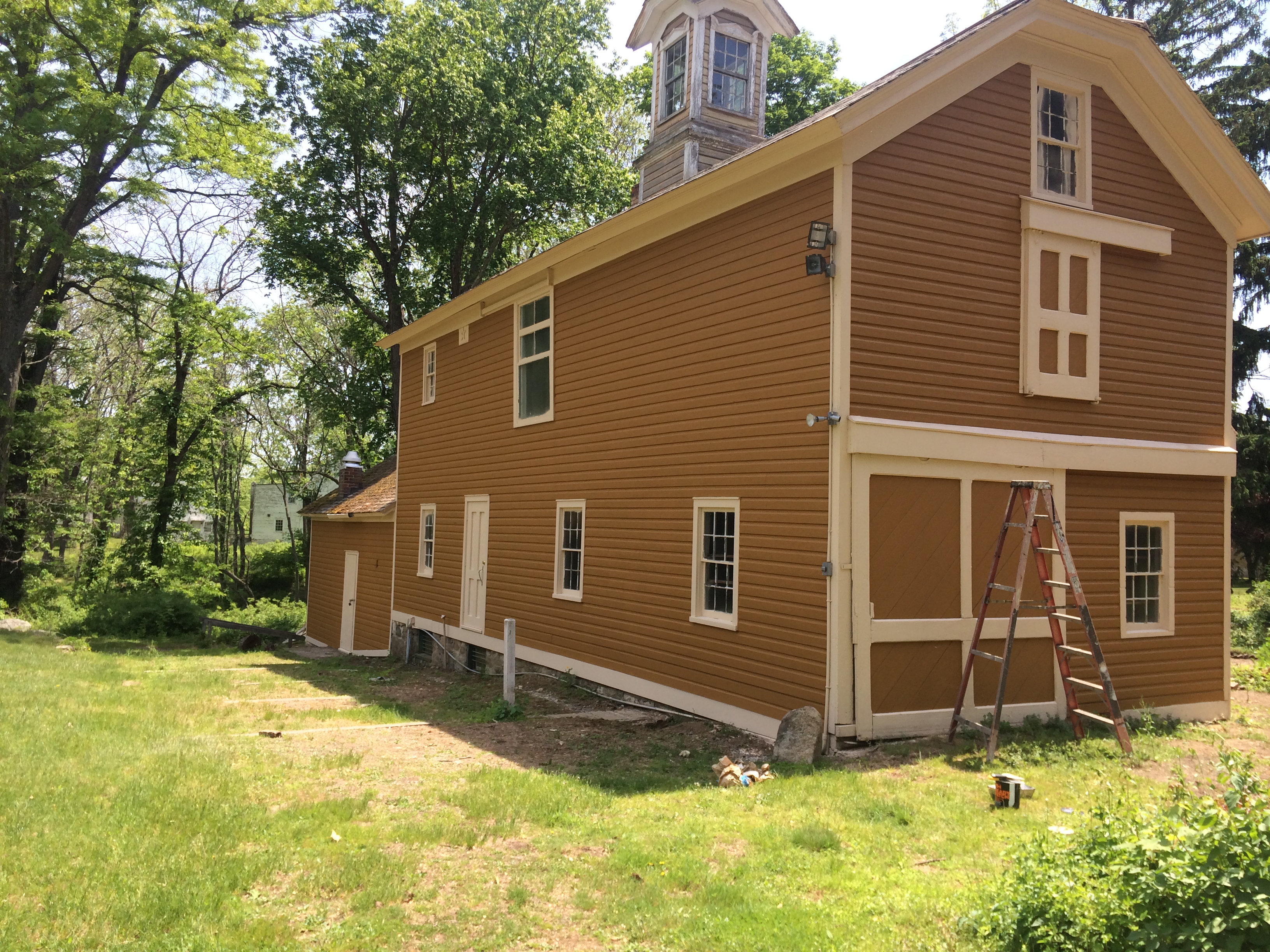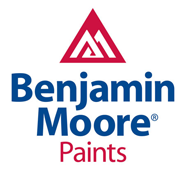Protecting New Jersey’s Architectural Heritage, One Brushstroke at a Time
New Jersey is rich with history, its landscape dotted with buildings that tell the story of bygone eras. From Victorian manors in Cape May to colonial homesteads in the north, these structures are more than just buildings; they are tangible links to our past. Preserving them requires a specialized approach that goes far beyond a standard paint job. True historic restoration painting is a meticulous craft that balances aesthetic beauty with authentic preservation, ensuring these architectural treasures endure for generations to come.
Why Historic Painting is More Than a Coat of Paint
Painting a historic property isn’t a simple weekend project. It demands a deep understanding of historical materials, architectural styles, and the specific environmental challenges faced by older structures. Unlike modern construction, historic buildings often feature materials like old-growth wood, lime-based plaster, and early forms of metalwork, each requiring a unique preparation and coating strategy.
The primary goal is stabilization and protection. A successful historic painting project addresses underlying issues like moisture intrusion, substrate decay, and damage from previous, inappropriate paint applications. Simply applying a new layer of modern paint over compromised surfaces can trap moisture, accelerating rot and causing irreparable damage. A professional contractor specializing in historic painting in New Jersey will conduct a thorough assessment to create a plan that respects the building’s integrity while providing a durable, long-lasting finish.
Key Steps in a Professional Historic Restoration Project
1. Detailed Assessment and Research
The process begins with a comprehensive evaluation of the property. This includes identifying the original building materials and analyzing existing paint layers to understand their composition. For state-registered properties, this may involve collaborating with historical conservators to ensure all work adheres to strict preservation guidelines. The goal is to replicate the original aesthetic as closely as possible while using modern materials that offer superior protection without compromising historical accuracy.
2. Meticulous Surface Preparation
This is the most critical phase. Preparation on a historic structure is far more involved than on a modern one. It may include gentle paint removal techniques to avoid damaging delicate woodwork, patching and repairing original materials with period-appropriate methods, and ensuring the substrate is clean, dry, and stable. For metal elements, services like sandblasting may be required to remove corrosion and create a perfect profile for new coatings.
3. The Right Materials and Application
Choosing the right primers and paints is essential. High-quality, breathable coatings are often necessary to allow moisture vapor to escape, preventing blistering and peeling. In some cases, specialized products like fire-retardant coatings or advanced waterproofing systems are needed to meet modern safety codes and protect the structure. The application itself, whether brushing, rolling, or using advanced techniques like electrostatic painting for metalwork, must be executed with precision to achieve a flawless finish.
Standard Painting vs. Historic Restoration
| Feature | Standard Residential/Commercial Painting | Professional Historic Restoration Painting |
|---|---|---|
| Initial Goal | Aesthetic update and basic surface protection. | Preservation, stabilization, and authentic restoration. |
| Surface Prep | Basic cleaning, scraping, and sanding. | In-depth material analysis, delicate paint removal, substrate repair, and specialized cleaning. |
| Materials | Standard latex or oil-based paints. | Period-appropriate formulas, breathable coatings, specialty primers, and custom color matching. |
| Expertise | General painting skills for modern surfaces. | Knowledge of architectural history, material science, and conservation techniques. |
| Long-Term Outcome | May require frequent repainting; can potentially harm old materials. | Enhances structural integrity, increases property value, and provides a durable, long-lasting finish. |
Historic Preservation in Tinton Falls and Across New Jersey
Here in Tinton Falls and throughout the State of New Jersey, we are stewards of a rich architectural legacy. From historic homes to institutional buildings and commercial landmarks, maintaining these properties is a community responsibility. Choosing a local, experienced painting contractor is vital. A team with deep roots in New Jersey understands the local climate and its impact on buildings, and has a vested interest in preserving the character of our towns.
Whether you own a historic home needing a careful exterior repaint or manage a historic commercial property, partnering with a specialist ensures the work is done right. Since 1989, Spectra Painting has been trusted to deliver high-quality historic restoration services, helping to protect and beautify properties across the state.
Ready to Restore Your Property’s Historic Charm?
Don’t trust your historic property to just any painter. Let the experts at Spectra Painting provide the specialized care your investment deserves. We combine time-honored techniques with modern technology to deliver exceptional results.
Frequently Asked Questions
Q: How much does historic painting cost compared to regular painting?
A: Historic painting is typically more of an investment due to the extensive preparation, specialized materials, and skilled labor required. However, this investment protects the property’s value and structural integrity, often proving more cost-effective in the long run by preventing costly future repairs and ensuring a longer-lasting finish.
Q: How do you choose the right colors for a historic building?
A: Color selection for historic properties often involves research into the building’s original color palette through paint analysis. We can also consult historical color charts and work with preservation societies to recommend authentic color schemes that enhance the building’s architectural style and comply with any local historical district guidelines.
Q: Is lead paint a concern with historic properties?
A: Yes, many buildings constructed before 1978 contain lead-based paint. Spectra Painting is a lead-safe certified firm, meaning we are trained to use specific practices to safely contain and manage lead paint during preparation, protecting both our crew and the property’s occupants.
Q: Can you work on state-registered historic sites?
A: Absolutely. We have extensive experience working on historic projects, including state-registered properties. We are accustomed to partnering with conservators and adhering to the strict protocols required to preserve these important landmarks.
Glossary of Terms
Substrate: The underlying material or surface to which a coating (like paint) is applied.
Electrostatic Painting: A painting method where paint particles are electrostatically charged and drawn to a grounded surface. This technique produces a smooth, “factory-like” finish on metal items like fences and machinery with minimal overspray.
Sandblasting: A process of forcibly propelling a stream of abrasive material against a surface under high pressure to smooth a rough surface, roughen a smooth surface, shape a surface, or remove surface contaminants like old paint and rust.
Breathable Coatings: Paints or coatings that form a microporous film, allowing water vapor to pass through from the substrate to the atmosphere but preventing liquid water from penetrating from the outside. This is crucial for historic masonry and wood.
Fire-Retardant Coatings: Specialized paints that react to heat by swelling up (a process called intumescence) to form a char-like layer that insulates the substrate from the fire, slowing down combustion.






